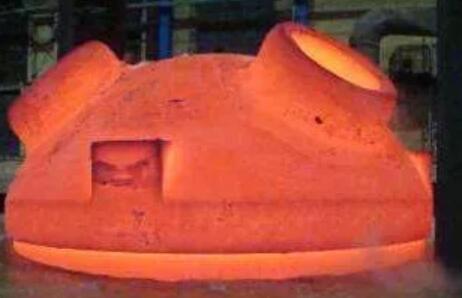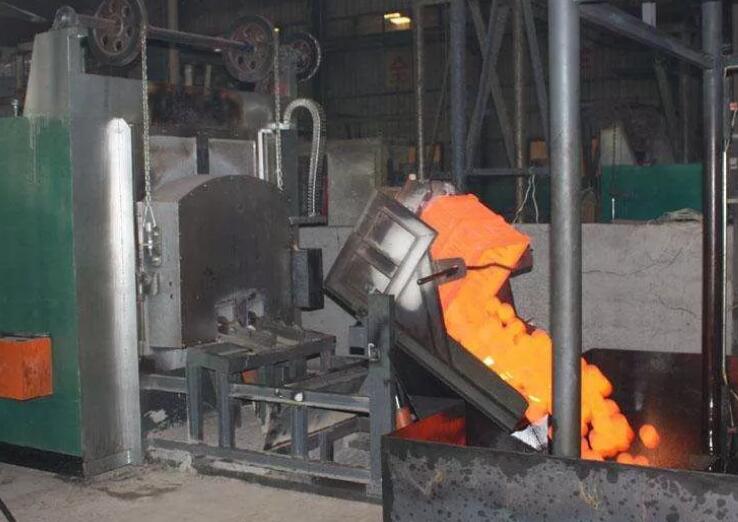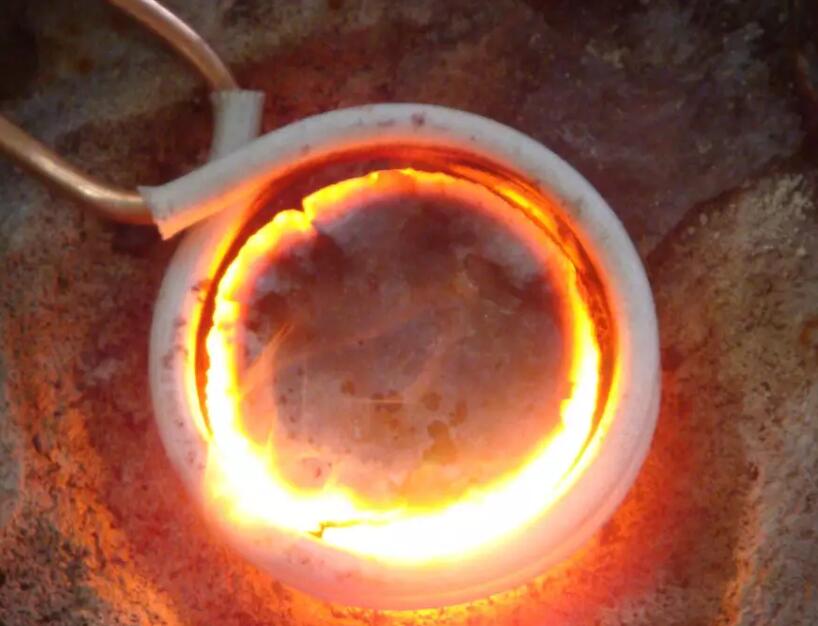- SITEMAP
- CONTACT US
- 8618267732328
News
Credibility ,the lifeblood of enterprise!
- Fittings
- Butt Welding Fittings
- Forged Fittings
- 180 Degree Elbows
- 90 Degree Elbows
- 60 Degree Elbows
- 45 Degree Elbows
- 30 Degree Elbows
- Equal Tee
- Reducing Tee
- Concentric Reducer
- Eccentric Reducer
- Lap Joint Stub End
- Outlets
- Cap
- Bend
- Cross
- Coupling
- Stainless Steel Lateral Tee
- Bellows Expansion Joints
- Flexible Metal Hose
- Non-Standard/Custom Fittings
- Bleed & Flushing Rings
- Types of Flanges
- Anchor Flanges
- Blind Flanges
- Expander Flanges
- High Hub Flanges
- Lap Joint Flanges
- Long Weld Neck Flanges
- Nipoflanges
- Orifice Flanges
- Plate Flanges
- Ring Type Joint Flanges
- Reducing Flanges
- Slip On Flanges
- Socket Weld Flanges
- Spectacle Blind Flanges
- Square Flanges
- Spades & Ring Spacers
- Threaded Flanges
- Welding Neck Flanges
What is quenching, tempering, normalizing and annealing
The differences of normalizing, tempering, annealing and quenching lie in different processes, different changes of material structure and different results of material properties.
What is quenching?
- 1) improve the mechanical properties of metal materials or parts. For example: improve the hardness and wear resistance of tools, bearings, etc., improve the elastic limit of the spring, improve the comprehensive mechanical properties of shaft parts, etc.
- 2) improve the material properties or chemical properties of some special steel. Such as improving the corrosion resistance of stainless steel, increasing the permanent magnetism of magnetic steel, etc.
- When quenching and cooling, in addition to reasonable selection of quenching medium, there must be correct quenching methods. The common quenching methods mainly include single-Liquid Quenching, double-Liquid Quenching, graded quenching and isothermal quenching, local quenching, etc.

- ① unbalanced (I .e. unstable) structures such as martensite, bainitic and retained austenite are obtained.
- ② there is a large internal stress.
- ③ mechanical properties cannot meet the requirements. Therefore, steel workpieces generally have to be tempered after quenching.
What is tempering?
- 1) reduce internal stress and reduce brittleness. Quenching parts have great stress and brittleness. If they are not tempered in time, they will often deform or even crack.
- 2) adjust the mechanical properties of the workpiece, after the workpiece is quenched, the hardness is high and the brittleness is large, in order to meet the different performance requirements of various workpieces, it can be adjusted by tempering, hardness, strength, plasticity and toughness.
- 3) stabilize the size of the workpiece. Tempering can stabilize the metallographic structure to ensure that no deformation will occur in the future use process.
- 4) improve the cutting performance of some alloy steel.

- ① improve the stability of the tissue, so that the workpiece will not be changed in the process of use, so that the geometric size and performance of the workpiece remain stable.
- ② eliminate internal stress in order to improve the performance of the workpiece and stabilize the geometric size of the workpiece.
- ③ adjust the mechanical properties of steel to meet the use requirements.
- ① tools, bearings, carburizing and quenching parts, surface quenching parts are usually tempered at a low temperature below 250℃. After tempering at low temperature, the hardness changes little, the internal stress decreases, and the toughness increases slightly.
- ② the spring can obtain higher elasticity and necessary toughness by tempering at medium temperature of 350 ~ 500℃.
- ③ parts made of medium carbon structural steel are usually tempered at 500 ~ 600℃ to obtain a good coordination of appropriate strength and toughness.
- 1. Low temperature tempering: 150-250 ℃ ,M loop, reduce internal stress and brittleness, improve plastic toughness, and have higher hardness and wear resistance. It is used to make measuring tools, cutting tools and rolling bearings.
- 2. Medium temperature tempering: 350-500 ℃ ,T back, with high elasticity and certain plasticity and hardness. Used to make springs, forging dies, etc.
- 3. High temperature tempering: 500-650℃ ,S back, with good comprehensive mechanical properties. Used to make gears, crankshaft, etc.
What is normal fire?
- ① for hypoeutectic steel, normalizing is used to eliminate the over-heated coarse crystal structure and widthhouse structure of casting, forging and welding parts, and the band structure in rolled material; Refine the crystal grain; and can be used as pre-heat treatment before quenching.
- ② as for hyperdialysis steel, normalizing can eliminate remullated carbonized body and refine pearlite, which not only improves mechanical property, but also is beneficial to later spheroidization annealing.
- ③ for low carbon deep drawing thin steel plates, normalizing can eliminate free cementite at grain boundary to improve their deep drawing performance.
- ④ for low carbon steel and low carbon and low alloy steel, using normalizing can get more fine flake pearlite structure, increasing the hardness to HB140-190, and avoiding the "sticking" phenomenon during cutting, improve machinability. For medium carbon steel, it is more economical and convenient to use normalizing in the situation where normalizing and annealing are available.
- ⑤ for ordinary medium carbon structural steel, under the occasion of low requirement of mechanical property, use normalizing instead of quenching and tempering high temperature, which is not only easy to operate, but also stablize the structure and size of the steel.
- ⑥ high temperature normalizing (150 ~ 200℃ above Ac3) due to the high diffusion velocity at high temperature, composition segregation of castings and forgings can be reduced. Coarse and large grains after high temperature normalizing can be refined by the following second lower temperature normalizing.
- ⑦ as for some low-carbon and middle-carbon alloy steels used for steam turbine and boiler, normalizing is usually used to obtain bainitic structure, and then after tempering at high temperature, they have good creep resistance when temperature is between 400℃ and 550℃.
- ⑧ in addition to steel and steel, normalizing is also widely used in the heat treatment of ductile iron to obtain pearlite matrix and improve the strength of ductile iron.
Because the characteristic of normalizing is air cooling, the environment temperature, stacking mode, air flow and workpiece size have influence on the organization and performance after normalizing. Normalizing structure can also be used as a classification method for alloy steel. Usually, the microstructure obtained by air cooling after heating the sample with a diameter of 25mm is divided into pearlite steel, balanced steel, martensite steel and austenitic steel.

What is annealing?
- ① improve or eliminate all kinds of microstructure defects and residual stress caused by steel in the process of casting, forging, rolling and welding, and prevent deformation and cracking of workpieces.
- ② soften the workpiece for cutting.
- ③ refine the grain and improve the structure to improve the mechanical properties of the workpiece.
- ④ prepare for the final heat treatment (quenching and tempering).
- ① complete annealing. Used to refine medium and low carbon steel with poor mechanical properties after casting, forging and welding. The workpiece is heated to a temperature above 30 ~ 50℃ that ferrite will all transform into austenite, kept warm for a period of time, and then cooled slowly with the furnace. During the cooling process, austenite changes again, the structure of the steel can be thinned.
- ② spheroidization annealing. Used to reduce the hardness of tool steel and bearing steel after forging. The workpiece is heated to a temperature of 20 ~ 40℃ When austenite begins to form in steel, and then cooled slowly after heat preservation. During the cooling process, the lamellar cementite in pearlite becomes spherical, thus reducing the hardness.
- ③ isothermal annealing. It is used to reduce the high hardness of some alloy structural steel with high content of nickel and chromium to be cut. Generally, it is cooled to the most unstable temperature of austenite at a relatively fast speed first, and when it is kept at a suitable time, austenite is converted into torchian or Sorbite, and the hardness can be reduced.
- ④ recrystallization annealing. It is used to eliminate the hardening phenomenon (increase in hardness and decrease in plasticity) of metal wire and sheet in the process of cold drawing and cold rolling. The heating temperature is generally the steel began to form austenite temperature below 50~150 ℃, only in this way can eliminate work hardening effect to soften the metal.
- ⑤ graphitization annealing. It is used to turn cast iron containing a large amount of cementite into malleable cast iron with good plasticity. The process operation is to heat the casting to about 950℃ and cool down after holding for a certain period of time, so that the cementite can decompose into bulk graphite.
- ⑥ diffusion annealing. It is used to homogenize the chemical composition of alloy castings and improve their performance. The method is, on the premise of no melting, to heat the casting to the highest temperature as much as possible, and keep the heat for a long time, and then after the various elements in the alloy diffusion tend to uniform distribution, slow cooling.
- ⑦ stress relief annealing. It is used to eliminate internal stress of steel castings and welding parts. For steel products after heating began to form austenite temperature below 100~200 ℃, after the heat insulation in the air cooling, can eliminate internal stress.
Source: China Flanges Manufacturer – Yaang Pipe Industry Co., Limited (www.yaang.com)

Tel No:+86-18267732328 / Email:[email protected]
Address:Longwan District, Wenzhou, Zhejiang Province, China.
Copyright Notice © www.yaang.com Yaang Pipe Industry Co., Limited All rights reserved.
Yaang Pipe Industry Co., Ltd. is an international supplier of piping solutions for flange, butt welding fittings, socket welding fittings and threaded fittings. Our products are widely used in different industrial fields, including oil and gas, chemical industry, petrochemical industry, power plant, pulp and paper industry, environmental and water conservancy engineering, engineering projects, etc.





